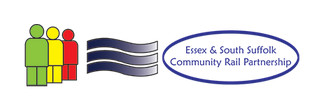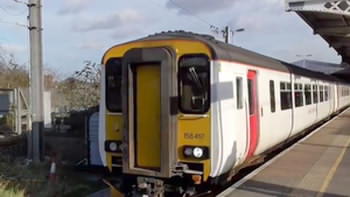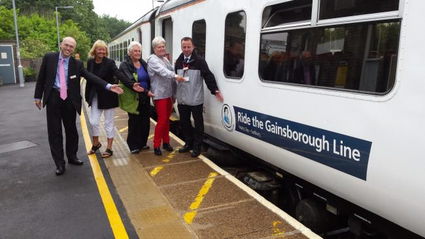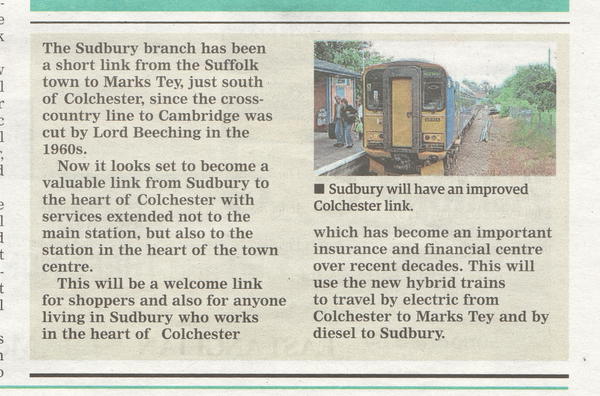|
|
|
|
January 2016 With rail services on rural lines across the region suffering from a lack of units, a novel solution could be heading to two Suffolk branch lines – former District Line Tube trains. |
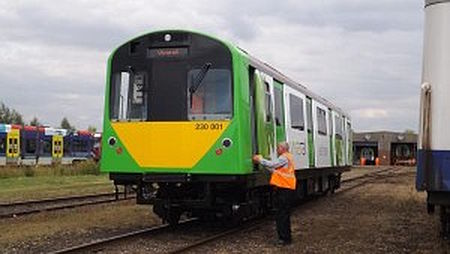
|
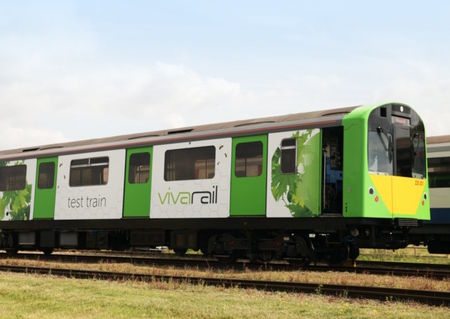 |
|
The D-Train would not be suitable for long-distance routes of more than an hour – but could be used on shorter routes such as the Ipswich to Felixstowe line or the Sudbury branch from Marks Tey. A spokeswoman for Vivarail said the company was hoping to talk to bidders for the new Anglia rail franchise that is due to start next October in the hope of supplying units for the region. There is a national shortage of diesel units which has meant Abellio Greater Anglia has been struggling to cover for broken-down trains when they have more than one breaking down. The D-Train is seen as a potential solution on a number of routes across the country – and is currently being tested on the Cotswold line close to Vivarail’s base near Stratford on Avon. Company spokeswoman Alice Gillman said the company hoped to speak to the bidders for the new franchise because the D-Trains would be cheaper and could be made ready much more quickly than a traditional electric unit. She said: “We could make up to 75 three-car trains and an order would take us a year to fulfil, meaning new trains could come on stream relatively quickly. “Although the train is based on a bodyshell of a Tube train, it is only that and the bogies which are 10 years old that would be carried over. Everything else is new. “And because the bodyshell is aluminium there is no rust. They are essentially brand new trains and will be available in a reasonable time. ” No new trains can be ordered until the franchise bidding process is complete and none of the bidders – Abellio/Stagecoach, National Express, or First Group – are able to comment on their plans until their formal bids are lodged with the Department for Transport. Courtesy of EADT 3/01/2016 |
|
|
Class 156 re-branded
for use on the Gainsborough Line 26/06/2016 |
|
| June 2016 Proposed level crossing Closures on the Gainsborough Line by Network rail.  Download Link Download Link |
|
Abellio Greater Anglia
which has run the regions rail services since 2012,
Suffolk Free Press dated 18th August 2016
|
Greater Anglia plans to replace their entire fleet by 2020
|
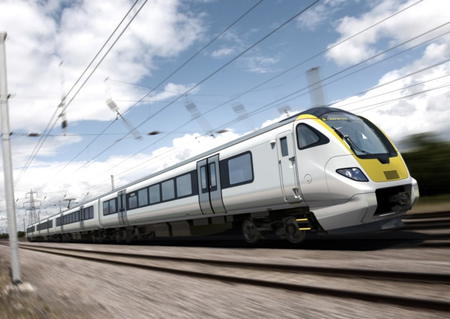 |
The new InterCity trains to be introduced on the main line to London in three years time will have 12 carriages of seats compared with eight on most current trains. |
Some may still be kept in service for charter work on heritage trains – they could be used behind some steam locomotives – because they could be granted a DDA exemption for these uses.
The rest will either be scrapped, converted to other use (some carriages have been turned into holiday cottages), or exported – rail companies in Eastern Europe have taken on redundant UK rolling stock.
Diesel units:
Class 170 (Turbostar) units: There is a shortage of diesel units across the country and these relatively modern (built from 2002) units will quickly find a new home on long-distance rural services elsewhere in the country.
They could end up on almost any part of the network – but are particularly prized in Scotland for services like Glasgow to Fort William and Mallaig or Inverness to the far north.
Sudbury Branch
Class 153 (single-car) and Class 156 (two-car) units: Originally called
Sprinters these trains were introduced in the mid-1980s and are now reaching
the end of their lives.
However there are much worse trains in other parts of the rail network – ask passengers in the north of England who are still using “Pacers” which used a bus body as its base!
These trains are unlikely to have a long-term future with another operator – but could well continue in service until the mid-2020s (or beyond).
Electric Units:
Class 321 units: Built between 1988 and 1991 these are the most numerous electrics on service with Greater Anglia, and many are currently being refurbished with air conditioning and wi-fi being installed.
With electrification schemes currently being undertaken in the north west of England and in the Bristol/Cardiff area there is likely to be no shortage of bids to take on these trains.
They are seen by experts as some of the most successful electric units ever built for Britain’s railways.
Class 360 (Desiro) units: Built between 2002 and 2006. Likely to find a new use on inter-urban services on newly-electrified lines in the north of England. Routes between Liverpool, Manchester, Blackpool and Leeds.
These trains are operated by many different rail companies around Britain – and the East Anglian fleet of 21 units is likely to be snapped up.
Class 317 units: Used mainly on the West Anglia routes, these trains (dating back to the early 1980s) do sometimes find their way to the Great Eastern lines at weekends.
Of all the units to be replaced by the arrival of the new trains, these are the ones that are least likely to find a new use.
They are likely to be retained by their
owner for a time after Greater Anglia gives them up in case there is a
need for trains for newly-electrified lines – but it would be no
surprise if they were driven to the breakers’ yard during the early
2020s.
Courtesy of EADT
24/10/2016
